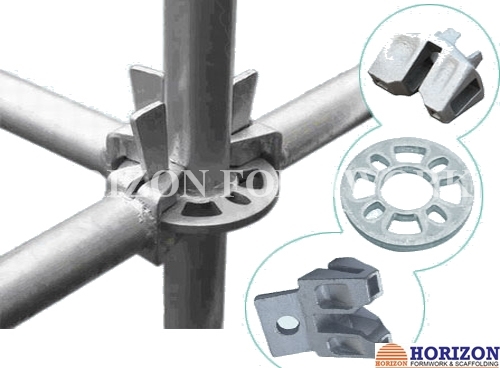Aug . 12, 2024 05:12 Back to list
Guidelines for Designing Effective Formwork Systems in Concrete Production Facilities
Building Shuttering for Concrete Factories A Comprehensive Guide
In the construction industry, the term 'shuttering' refers to the temporary or permanent molds used to contain wet concrete until it hardens. This practice is especially vital in concrete factories, where efficiency and precision are paramount. Building shuttering not only influences the quality and durability of the finished product but also impacts the speed and cost of construction. This article explores the importance of shuttering in concrete factories, the types available, and essential considerations for effective implementation.
Importance of Shuttering in Concrete Factories
Shuttering is critical in concrete work for several reasons. Firstly, it provides the necessary form and support for the freshly poured concrete, ensuring that it retains the desired shape until it sets. This is particularly important in factories producing concrete elements, such as beams, columns, and panels, where precision is essential to meet design specifications.
Moreover, effective shuttering techniques contribute to reducing waste and improving resource efficiency. By utilizing quality shuttering systems, factories can minimize the risks of leakage and contamination, thus ensuring that the concrete mixes cure correctly. Additionally, proper shuttering enables more effective vibration of the concrete, promoting the uniform distribution of aggregates and enhancing the overall strength of the final product.
Types of Shuttering
There are various types of shuttering used in concrete factories, each suited to different applications. The most common types include
1. Timber Shuttering Traditionally, timber has been the go-to material for shuttering due to its availability and ease of use. However, timber can be prone to warping and decomposition, making it less durable than other options.
2. Plywood Shuttering Plywood is a popular alternative to timber due to its improved strength and durability. It provides a smooth surface for finishing, thus enhancing the aesthetic appeal of the concrete elements.
3. Metal Shuttering This type is usually made of steel or aluminum and is renowned for its strength and longevity. Metal shuttering can be reused multiple times, which makes it cost-effective in the long run. Additionally, it can withstand harsh conditions without degrading, making it ideal for high-volume concrete production.
building shuttering for concrete factories

4. Plastic Shuttering An emerging option, plastic shuttering is lightweight and easy to handle. It is resistant to moisture, thus preventing corrosion and offers excellent finishes. However, it may not be as strong as metal options and is often used for smaller projects or specific applications.
Essential Considerations for Implementation
When implementing shuttering in concrete factories, several factors must be taken into account to ensure effectiveness
1. Design Compatibility The shuttering system should align with the design specifications of the project. Understanding the geometric requirements beforehand is essential for selecting the appropriate type of shuttering.
2. Material Selection Choosing the right materials for shuttering is crucial for achieving the desired strength and finish. Factors such as durability, cost, and availability play a significant role in material selection.
3. Installation Techniques Proper installation techniques can dramatically influence the outcome of the concrete work. It is vital to ensure that the shuttering is leveled, secured, and sealed appropriately to prevent leaks.
4. Dismantling and Reuse Efficient dismantling practices can maximize the lifespan of shuttering systems. Ensuring that the shuttering is removed carefully, without damaging it, allows for its reuse in future projects.
Conclusion
In conclusion, building shuttering for concrete factories is a fundamental aspect of the construction process that affects both quality and efficiency. By understanding the various types of shuttering, their benefits, and the critical factors involved in their implementation, concrete factories can enhance their productivity and produce superior concrete products. As the industry continues to evolve, staying informed about advancements in shuttering technology will further bolster the effectiveness of concrete manufacturing processes.
-
OEM Column Formwork: Circular, Curved & Inclined Solutions
NewsAug.26,2025
-
Premium Scaffolding Jacks: Stable, Adjustable & Durable
NewsAug.25,2025
-
OEM Wall Formwork & Shuttering: Flexible & Curved Solutions
NewsAug.24,2025
-
Adjustable Heavy Duty Props for Slab Formwork | Strong & Reliable Support
NewsAug.23,2025
-
Adjustable Heavy Duty Props for Slab Formwork - Strong & Safe Support
NewsAug.22,2025
-
Formwork Spring Clamp Factories: Quality & Bulk Supply
NewsAug.21,2025